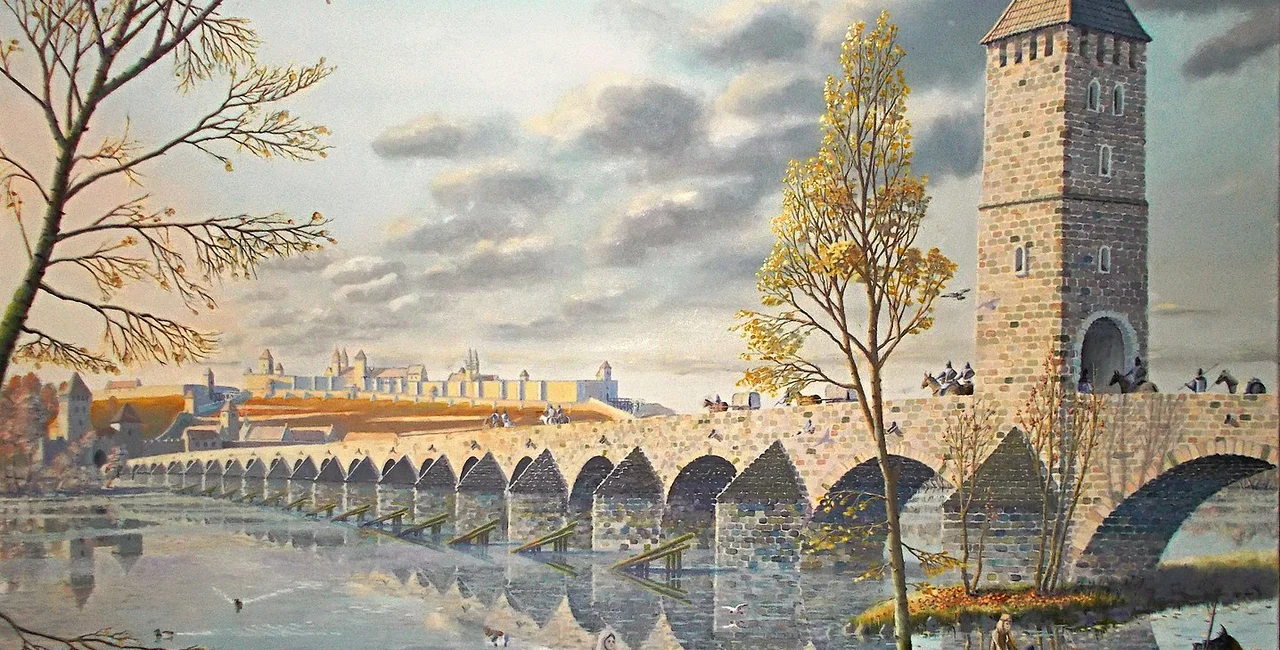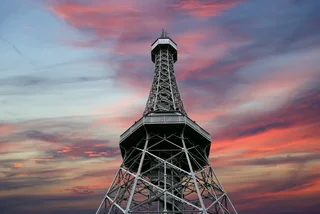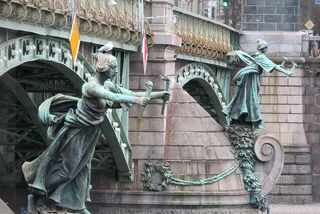Virtually everyone who visits Prague knows Charles Bridge, which links Old Town and Malá Strana. But it is actually the third span across the Vltava near that spot.
A wooden bridge stood there until a flood in 1157. Construction on the replacement, the Judith Bridge (Juditin most), took three years. It was completed in 1172 and was the first stone bridge in Bohemia, and one of the first north of the Alps. The Judith Bridge stood until Feb. 3, 1342, when it was destroyed by yet another flood.
PARTNER ARTICLE
The bridge was named after Judith of Thuringia, the second wife of Vladislav II, the second Czech king of the Přemyslid dynasty. A cleric named Daniel, the 13th bishop of Prague, was inspired by stone bridges he had seen in Italy and convinced King Vladislav to use stone and not wood for a new bridge.
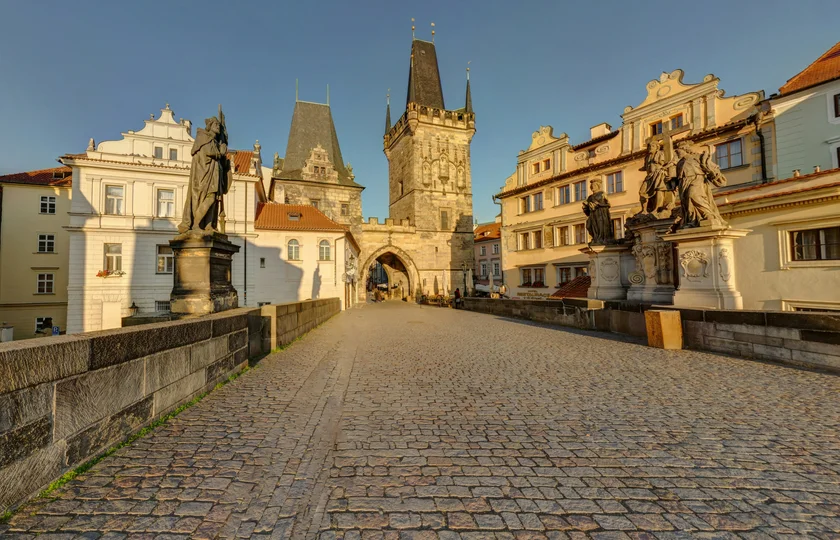
While it has been gone for 680 years, you can still see traces of it if you know where to look. In Malá Strana, the bridge started close to where Charles Bridge now stands. The Judith Tower, the lower of the two towers leading to Charles Bridge on that side, was originally the entrance to the Judith Bridge as well.
The tower is now leased by the city to the Klub Za starou Prahu (Club for Old Prague), which works to preserve historical architecture. It is seldom open to the public save for some rare open house days. On its facade is a relief depiction of a devil that bears a close resemblance to Shrek.
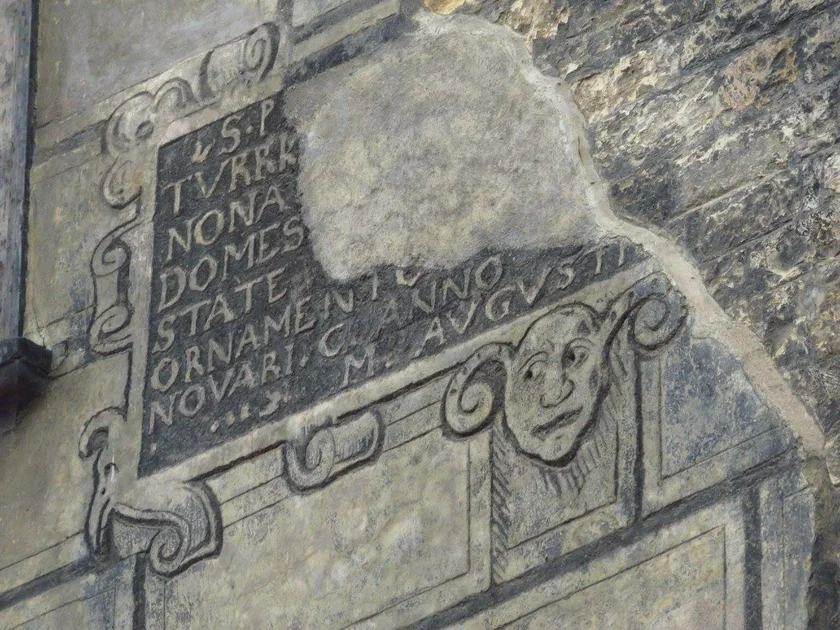
Remnants of the stone bridge supports and arches can be found in the foundations of several buildings next to Charles Bridge, such as the basement of Hotel Residence Lundborg at U lužického semináře. It's not a tourist sight in general, but the stonework can be seen at the entrance to the restaurant.
On the Old Town side, one arch is now is under Křížovnické náměstí. The area hidden beneath the square serves as a dock for the Prague Venice (Pražské Benátky) tour boat company. You can see the arch on the way to boarding a boat. More of the bridge is in the adjacent Charles Bridge Museum, inside the green-domed Monastery of the Knights of the Cross with a Red Star.
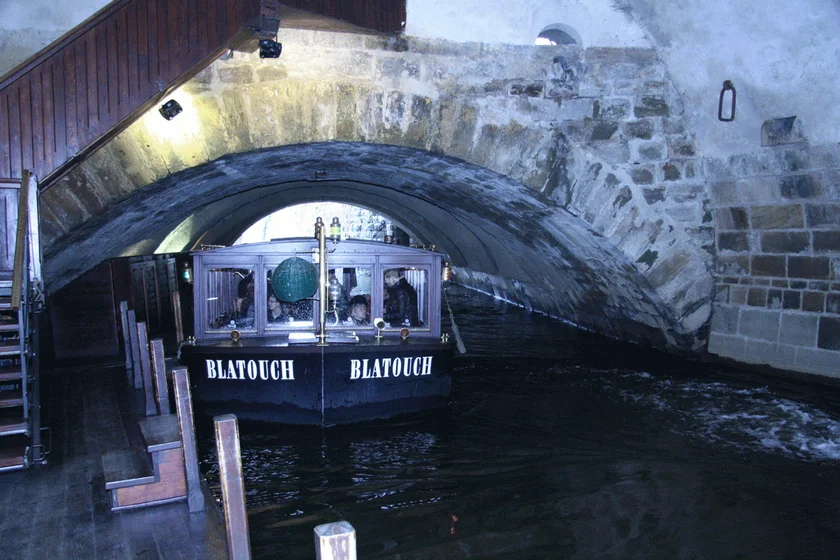
A stone sculpture from the original bridge decorations, the face of a man called Bradáč, has been incorporated into the retaining wall on the Old Town Side, though it is small and a bit hard to find. There is a legend that if water reaches Bradáč’s beard, bad times are ahead. But the beard is practically at flood level so it's not really that mystical of a prediction.
There are also still remnants in the river, even 680 years later. Divers in separate expeditions in 2008 and ’09 discovered stone fragments not far from Charles Bridge. More remains were found when renovations took place on the Čertovka Canal. These findings show the outer parts of the bridge were made of dark red sandstone with iron connectors. The bulk of the bridge was brick. It was paved with quartzite.
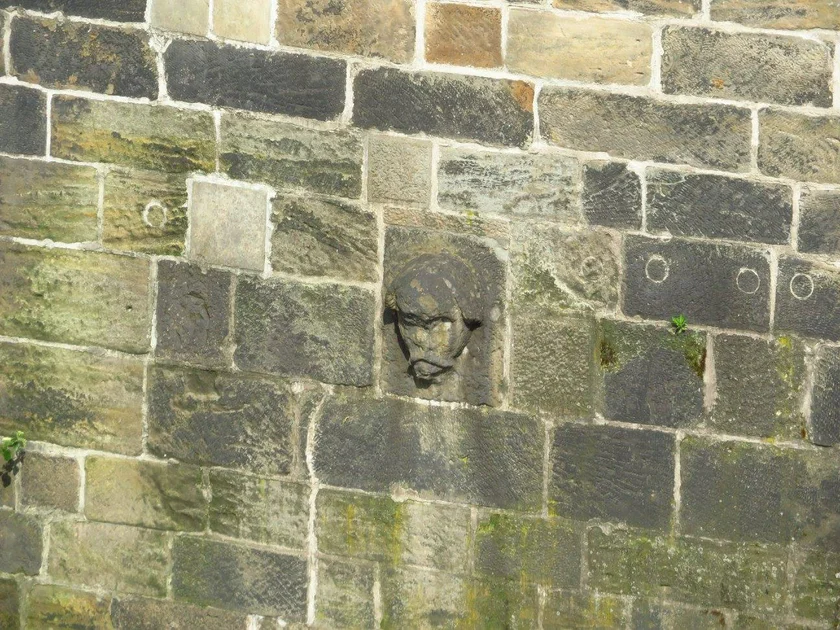
The bridge was most likely a bit curved. it was 514 meters long and 6.8 meters to 10 meters wide. It narrowed toward the Malá Strana probably for defensive reasons, to create a bottleneck for forces headed to attack the Castle. Both sides had towers with gates. The support pillars were hexagonal, similar to those of Charles Bridge.
The bridge deck was three to four meters lower than that of Charles Bridge. This design flaw made it vulnerable to pressure from debris during floods, such as the one in 1342 that collapsed it. The builders of Charles Bridge learned from this and made the arches higher.
Emperor Charles IV didn’t want to fix the Judith Bridge, even though a few parts were left standing. He planned something much grander. What is now known as Charles Bridge was initially just called the Stone Bridge.
The angle across the river was changed to make it a bit more resistant to floodwaters, and also to facilitate an astrological alignment between the bridge and Prague Castle, which was being built at the same time. Work on the Stone Bridge began in 1357, and despite a few incidents of major damage it has been in place ever since.












 Reading time: 3 minutes
Reading time: 3 minutes 